Habitat
Distribution:
Native to South America, including countries such as Argentina, Paraguay, and parts of Brazil. The Yellow Monk Parrot is a color mutation and is typically found in captivity rather than in the wild.
Environment:
In captivity, they thrive in spacious cages or aviaries with ample space for flying and climbing. They require toys, perches, and social interaction for mental stimulation.
Diet
Primary Food:
In the wild, their diet consists of seeds, fruits, nuts, and berries. They may also eat grains and crops.
Captivity Diet:
In captivity, they should be provided with a balanced diet including high-quality pellets, fresh fruits, vegetables, and occasional seeds. Fresh water should always be available.
Feeding Behavior:
Yellow Monk Parrots are active foragers. They use their strong beaks to crack open seeds and nuts and enjoy exploring their environment for food.
Breeding
Breeding Season:
In captivity, Yellow Monk Parrots can breed year-round. In the wild, their breeding season is influenced by seasonal changes.
Nest Location:
In the wild, they build large communal nests in tree branches. In captivity, a suitable nesting box should be provided.
Egg Quantity:
A typical clutch consists of 4 to 8 eggs.
Incubation Period:
The incubation period lasts approximately 24 to 26 days.
Fledging:
Chicks fledge around 6 to 8 weeks after hatching.
Lifespan
In the Wild:
Yellow Monk Parrots can live up to 10-15 years.
In Captivity:
With proper care, they can live up to 15-20 years or more.
Behavior
Social Structure:
Yellow Monk Parrots are highly social birds, often living in large flocks with complex social interactions. They are known for their cooperative breeding and strong group bonds.
Vocalization:
These parrots are very vocal, producing a range of chirps, squawks, and calls. They are also capable of mimicking various sounds and human speech.
Personality:
Yellow Monk Parrots are intelligent, active, and playful. They thrive on interaction with their environment and caregivers. Their social nature means they require regular mental stimulation and companionship.
 Zebra Finch
1 × ₨ 1,500
Zebra Finch
1 × ₨ 1,500 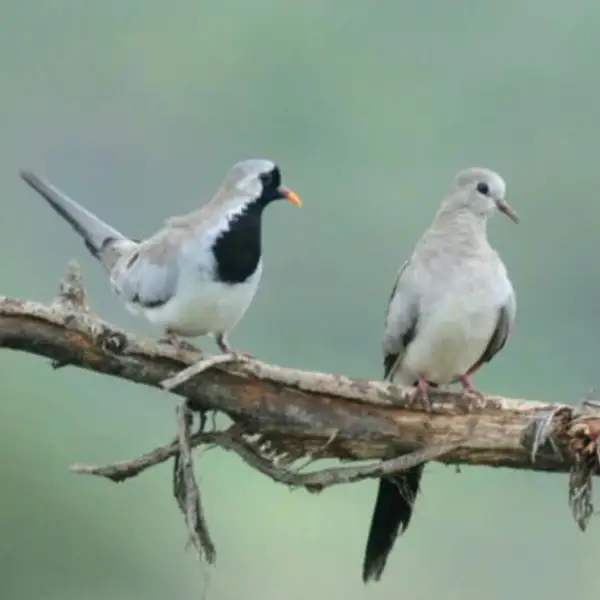 Cape Dove
2 × ₨ 30,000
Cape Dove
2 × ₨ 30,000 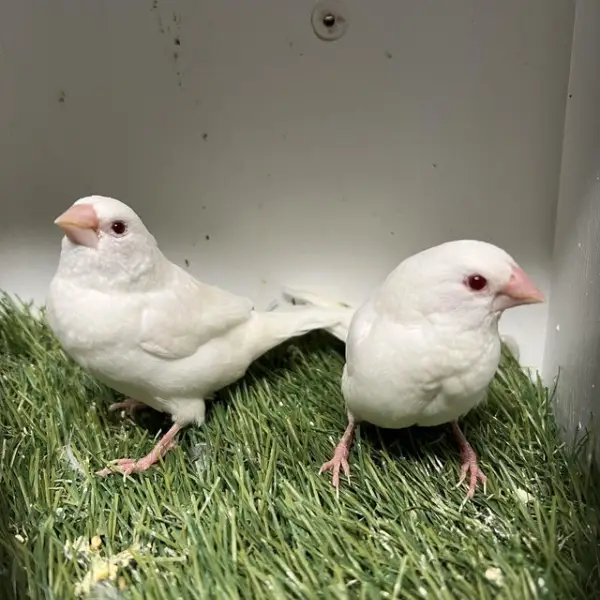 Red Eyes Bengalese
1 × ₨ 3,000
Red Eyes Bengalese
1 × ₨ 3,000  Parblue Opaline
1 × ₨ 8,000
Parblue Opaline
1 × ₨ 8,000 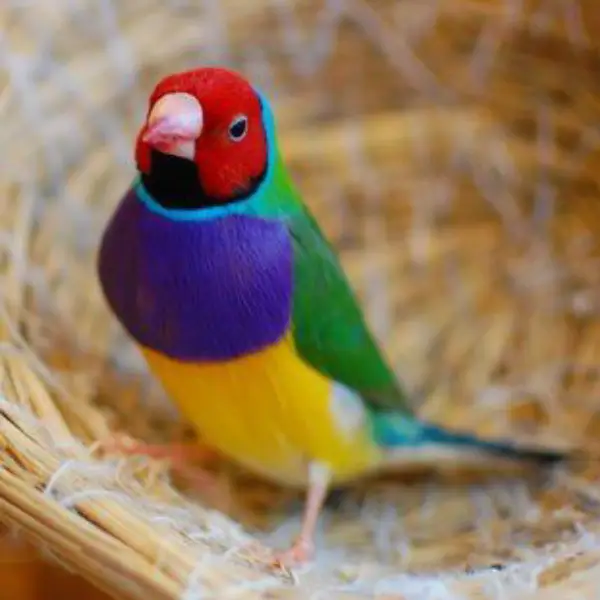 Common Gouldian Finch
1 × ₨ 10,000
Common Gouldian Finch
1 × ₨ 10,000 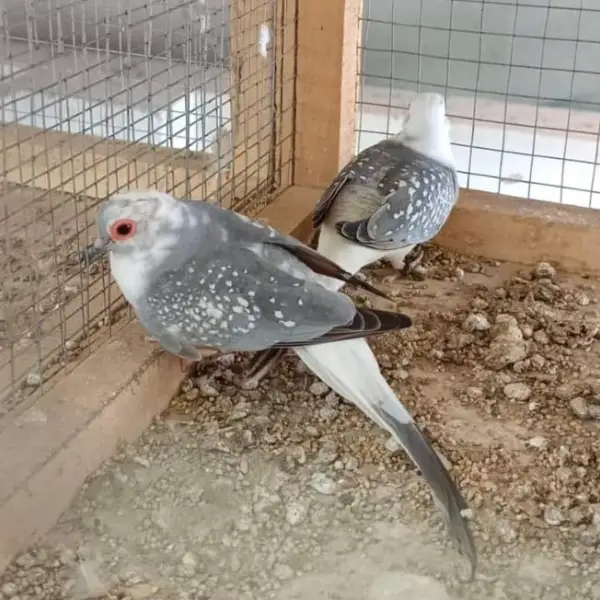 Silver Pied Dove
1 × ₨ 7,000
Silver Pied Dove
1 × ₨ 7,000 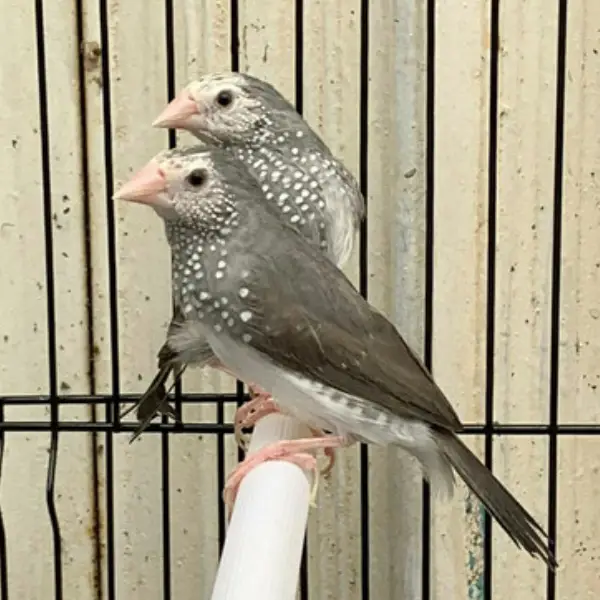 Blue Star Finch
1 × ₨ 20,000
Blue Star Finch
1 × ₨ 20,000 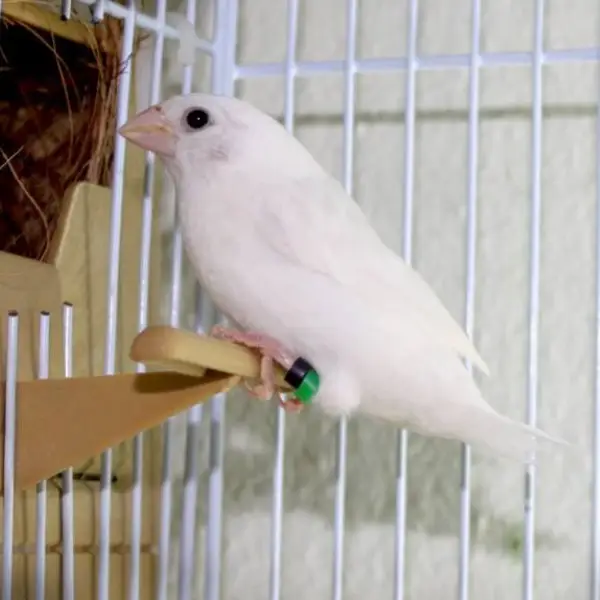 White Bengalese
1 × ₨ 1,500
White Bengalese
1 × ₨ 1,500 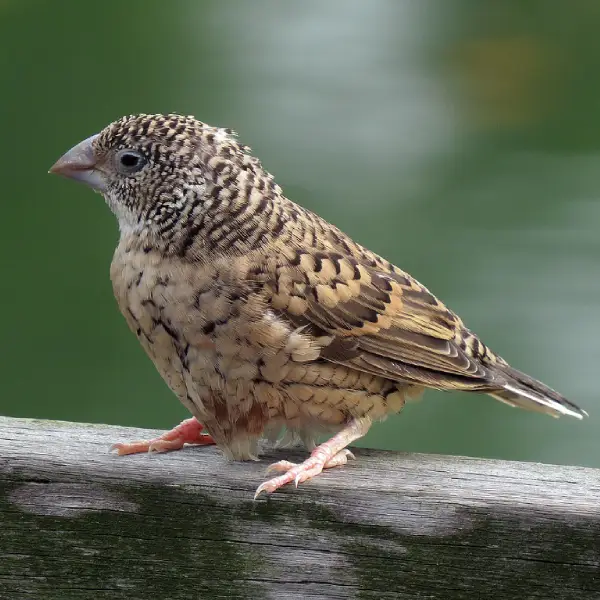 Common Cut-throat
1 × ₨ 18,000
Common Cut-throat
1 × ₨ 18,000  White Zebra Dove
1 × ₨ 35,000
White Zebra Dove
1 × ₨ 35,000 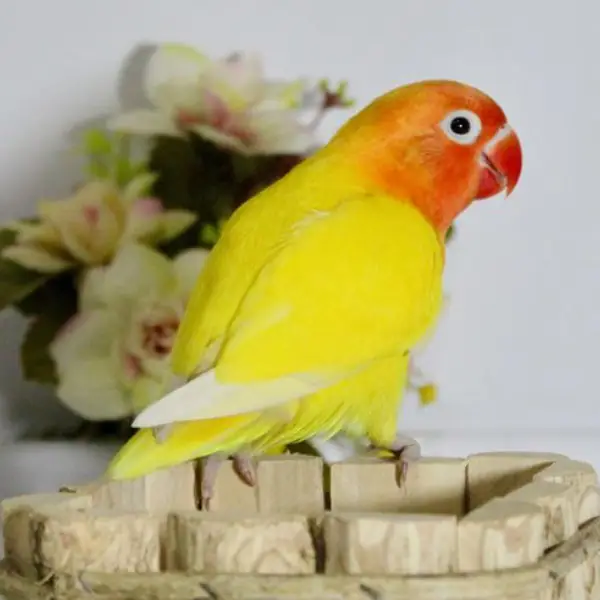 Lutino Personata Black-Eye
1 × ₨ 4,500
Lutino Personata Black-Eye
1 × ₨ 4,500 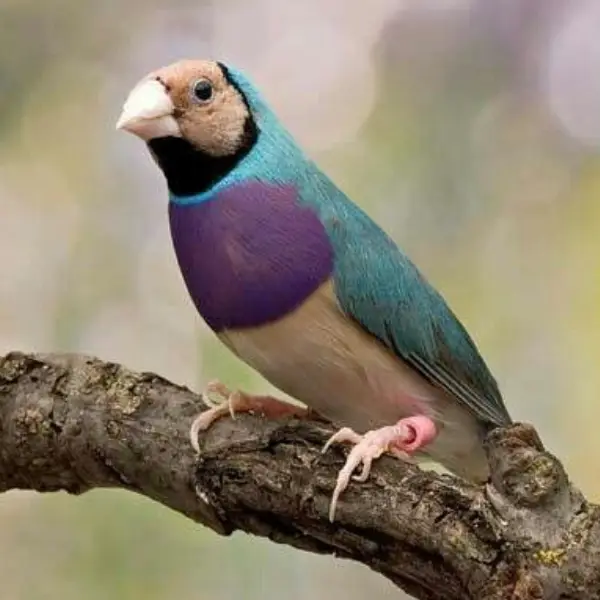 Blue Gouldian Finch
1 × ₨ 20,000
Blue Gouldian Finch
1 × ₨ 20,000 

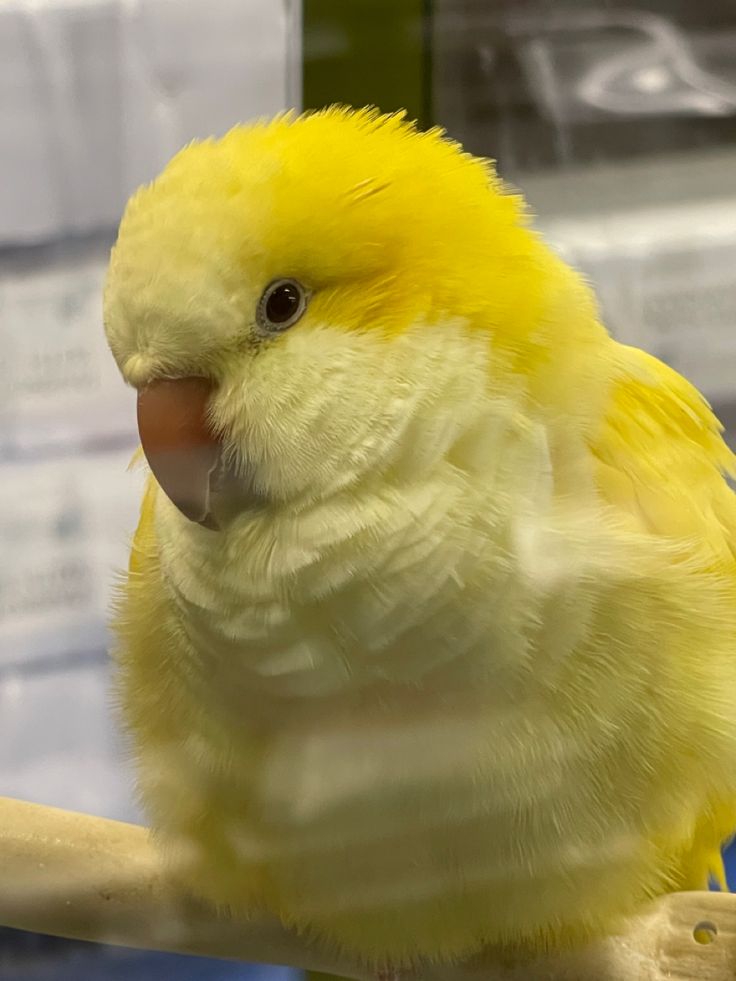



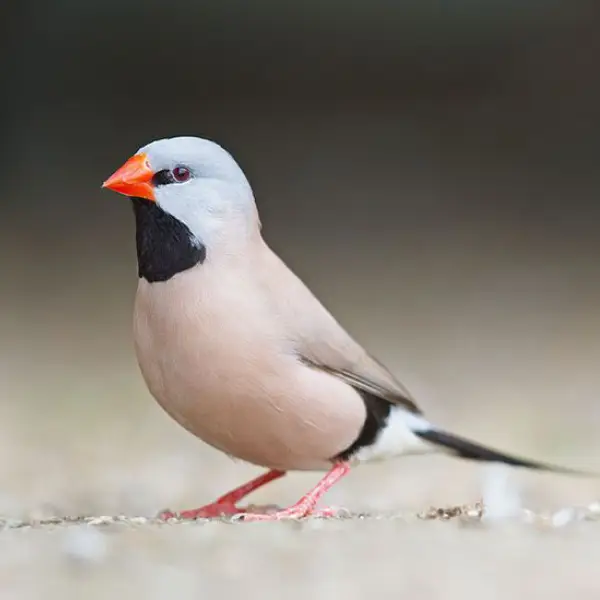



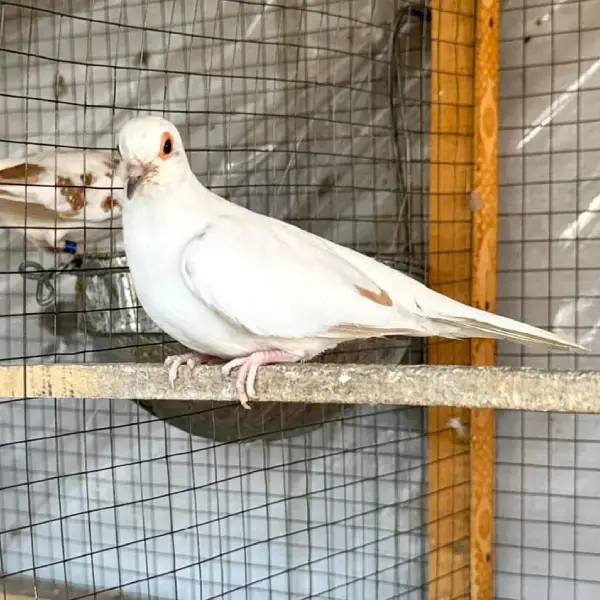
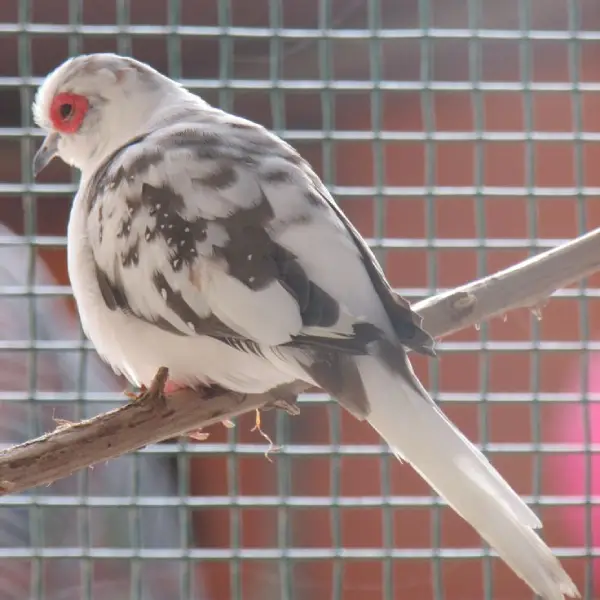
Reviews
There are no reviews yet.